From your comment in response to Spehro Pefhany's excellent answer,
I am asking this question. Because my load is 100Ohms connected across the Zener. My maximum and minimum input voltage is 16V and 8V respectively (Load current range would be 80mA to 160mA). So, want to calculate what is the maximum and minimum series resistor values which I have to choose if I take this 12V Zener diode.
Let's take a look at the circuit you seem to have in mind.

simulate this circuit – Schematic created using CircuitLab
As has been noted in comment, you CANNOT get 12 volts across a zener with 8 volts in.
For an input range of 8 to 12 volts, there is no value of RLIM which will produce an output voltage greater than 12 volts, so the zener will not turn on. This alone should tell you that this is the wrong approach to use.
Now, let's consider what happens at V1 equal to 16 volts.
Assuming the zener is regulating, there will be 4 volts across RLIM. The current through RLIM can be considered the sum of two separate currents, load and zener. Load current is 120 mA. How much zener current can you specify?
In your question you wrote,
But the datasheet table 8 , provides the value for a reverse zener current of 5mA only. But they didn't mention whether it is the minimum or the maximum zener current.
As Tony Stewart answered, 5 mA is neither. Maximum current is set by the power dissipation of the zener. In this case it's 250 mW, which implies a current of just about 20 mA (20 mA times 12 volts equals 240 mW - close enough).
So let's pick a maximum current of about 2/3 the rated max, or 15 mA.
Total current through RLIM will be 135 mA. By Ohm's Law, this gives a value for RLIM of (12/.135), or 88.88 ohms. Power dissipated in RLIM will be (4 x 4 / 88.88), or about .18 watts, so you could use a 1/4 watt resistor.
Is this a good idea? Not remotely. Remember that 20 mA upper limit on current? If you exceed that you will probably cook the zener. At 20 mA of zener current, total current is 140 mA, and RLIM equal (12/.14), or 85.17 ohms. 85.17 / 88.88 equals .96, which means that your resistor MUST be more precise than a 5% tolerance.
So, the short end to a long answer is that you don't want to do it this way. At best, you'll only get regulation over the upper half of your input range, and if you use a 5% tolerance on your limiting resistor you stand a decent chance of destroying your zener in the long run. If your load pulls 5% more current than you expected, you'll also kill the zener (or at least drive it over its nominal limits).
Short short answer - don't do it this way.

